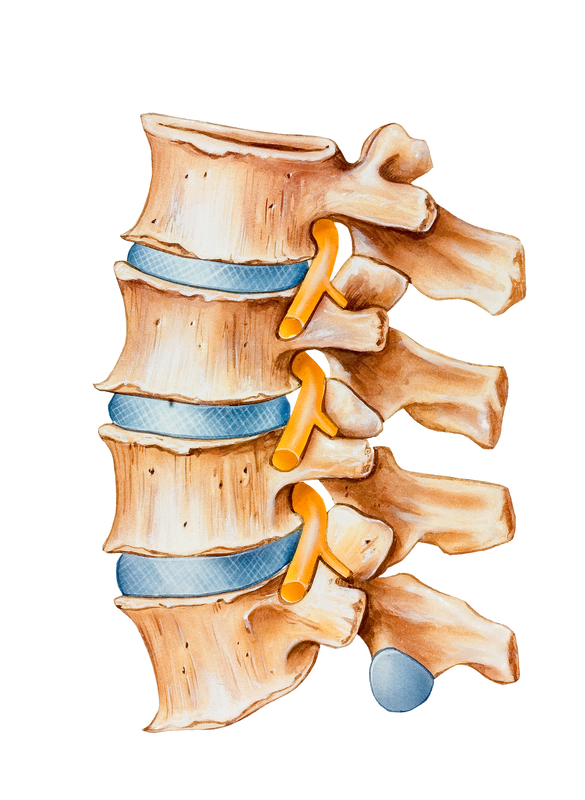 Selective nerve blocks deliver an anti-inflammatory steroid and a local anesthetic to a specific nerve root. Selective nerve root blocks may be used for conditions that pinch nerve roots and result in pain and numbness, such as:
Selective nerve blocks deliver an anti-inflammatory steroid and a local anesthetic to a specific nerve root. Selective nerve root blocks may be used for conditions that pinch nerve roots and result in pain and numbness, such as:
- Sciatica
- Spinal stenosis
- Bone spurs
- Herniated disc
A selective nerve root block can also be performed as a diagnostic test. If the injection results in pain relief, then your doctor knows which nerve roots are being affected.
How it Works
 Located along your spine are foramina, or holes, where nerve roots emerge. During a selective nerve root block, the needle is placed in a foramen near the targeted nerve root. Selective nerve root blocks can be performed in the cervical, thoracic, and lumbar areas of the spine. A small dose is used that only targets one nerve root.
Located along your spine are foramina, or holes, where nerve roots emerge. During a selective nerve root block, the needle is placed in a foramen near the targeted nerve root. Selective nerve root blocks can be performed in the cervical, thoracic, and lumbar areas of the spine. A small dose is used that only targets one nerve root.
What to Expect
The injection itself takes only a few minutes. The local anesthetic will start working quickly, reducing pain for a few hours. You will get the full benefits of the anti-inflammatory steroid within two to three days later, although it can take up to a week for some patients to feel the relief.
You will be able to resume your normal activities the next day. Additional injections may be recommended if the first provides relief. Side effects like redness at the infection site are temporary. It is also possible to experience occasional bruising and temporary pain. More serious side effects, like infection, are rare.
